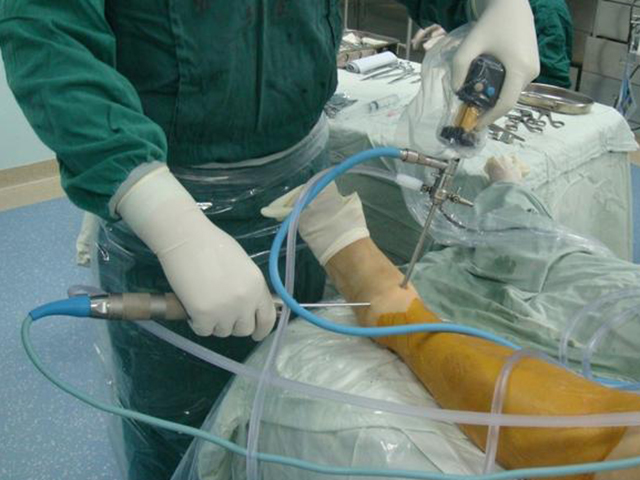
Endoscope technology has become an important tool in orthopedics for the diagnosis and treatment of various joint and bone disorders. Endoscopes are thin, flexible instruments with a camera and light source that allow doctors to see inside the body without making large incisions. Here are some of the applications of endoscope technology in orthopedics:
Arthroscopy: Arthroscopy is a minimally invasive procedure that uses an endoscope to examine and treat joint conditions, such as torn ligaments, meniscus tears, and arthritis. The endoscope is inserted into the joint through a small incision, and the surgeon can visualize the inside of the joint on a monitor, making small incisions to repair or remove damaged tissue.
Spine Surgery: Endoscope technology can be used in spinal surgery to remove disc fragments or bone spurs that are compressing nerves, causing back or leg pain. Endoscopic spine surgery is a minimally invasive technique that reduces blood loss, pain, and recovery time compared to traditional open surgery.
Hand Surgery: Endoscopic technology is also used in hand surgery to treat conditions such as carpal tunnel syndrome and trigger finger. The endoscope is inserted through a small incision in the wrist or finger, allowing the surgeon to see the inside of the hand and perform the procedure without making a large incision.
Foot and Ankle Surgery: Endoscopic technology is used in foot and ankle surgery to treat conditions such as plantar fasciitis, heel spurs, and ankle instability. The endoscope is inserted through a small incision, allowing the surgeon to visualize and repair the damaged tissue.
Shoulder Surgery: Endoscopic technology can be used in shoulder surgery to repair rotator cuff tears and shoulder instability. The endoscope is inserted through a small incision, and the surgeon can visualize the inside of the joint to repair the damage with small instruments.
In summary, endoscope technology is a valuable tool in orthopedics for the diagnosis and treatment of various joint and bone disorders. The minimally invasive nature of the technique results in reduced blood loss, less pain, and faster recovery time for patients. It is important to note that endoscopic procedures require specialized training, and patients should discuss their options with their orthopedic surgeon.


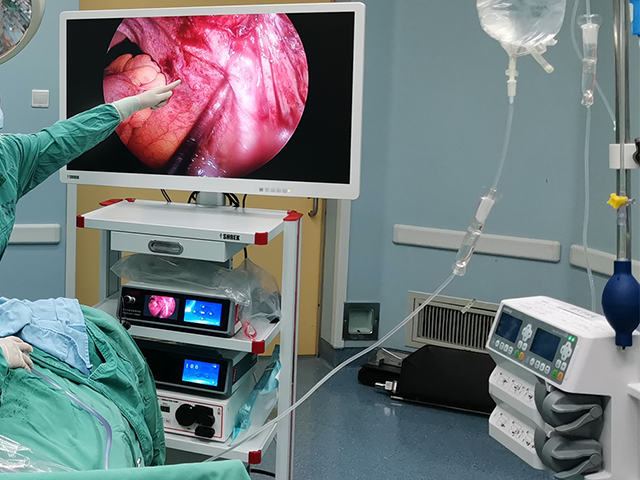
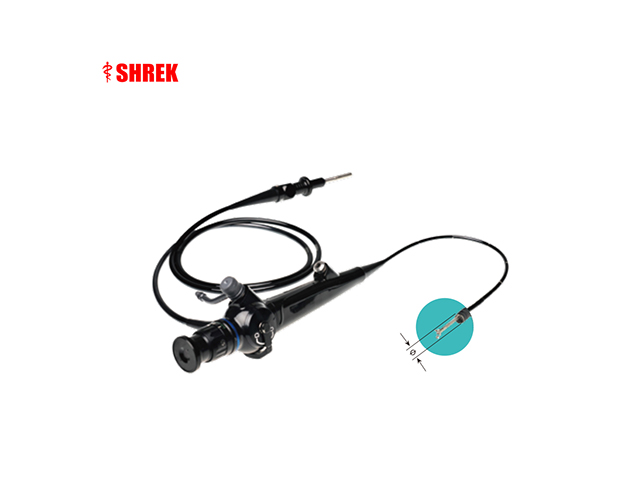
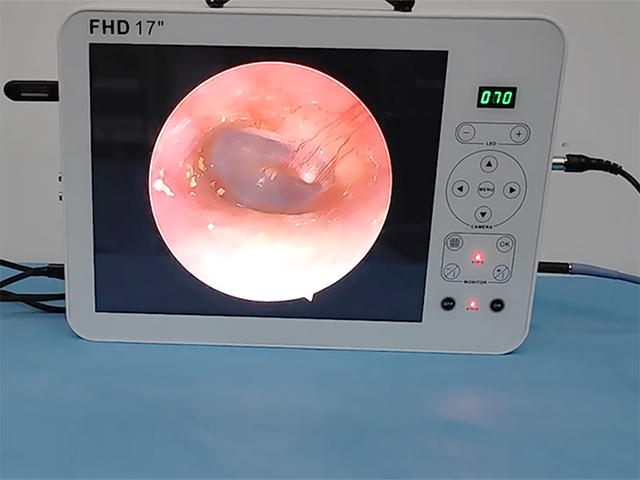
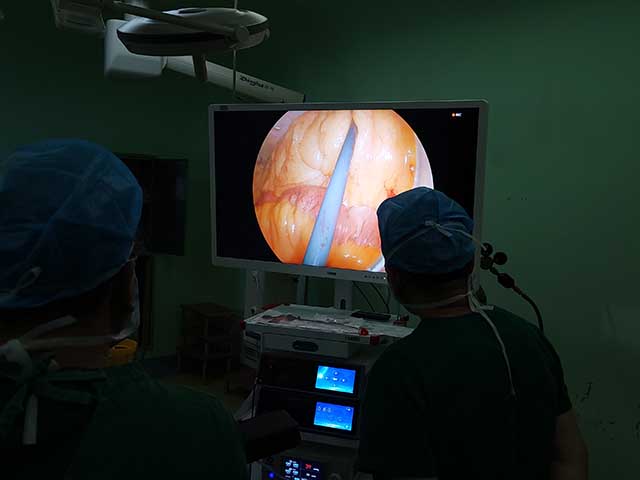
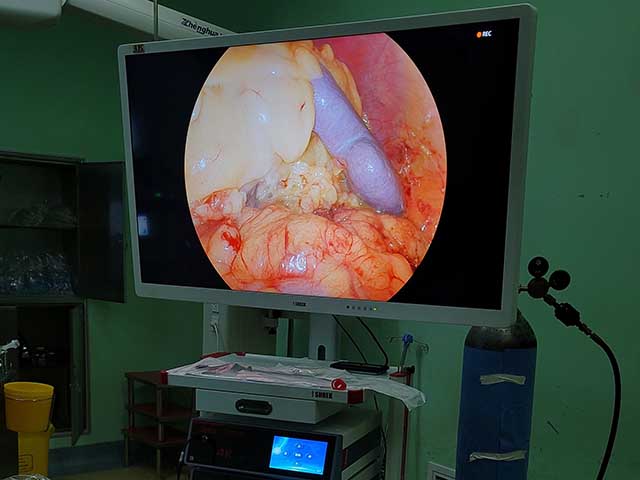

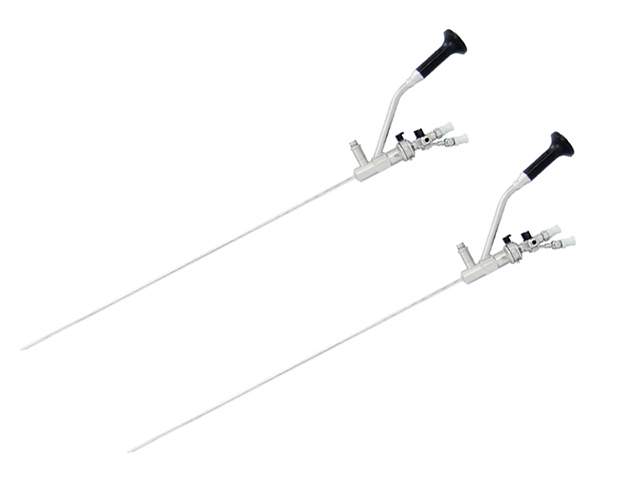
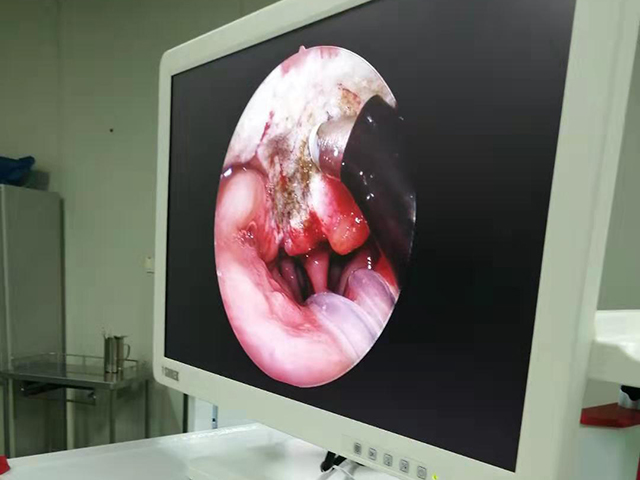
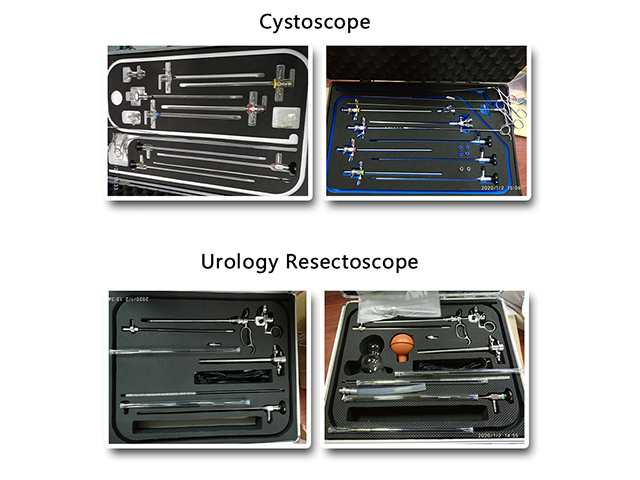
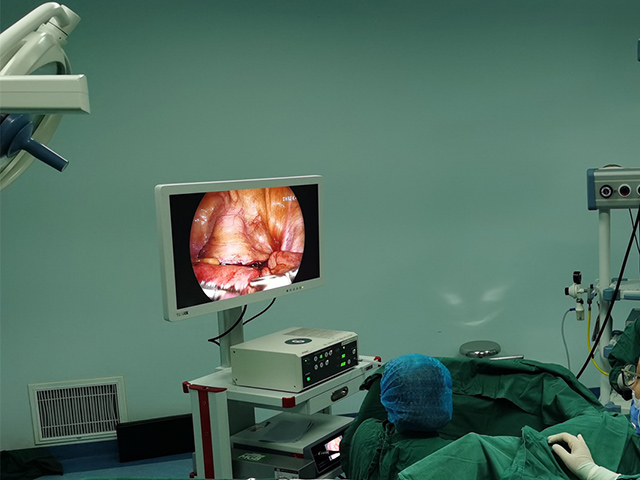
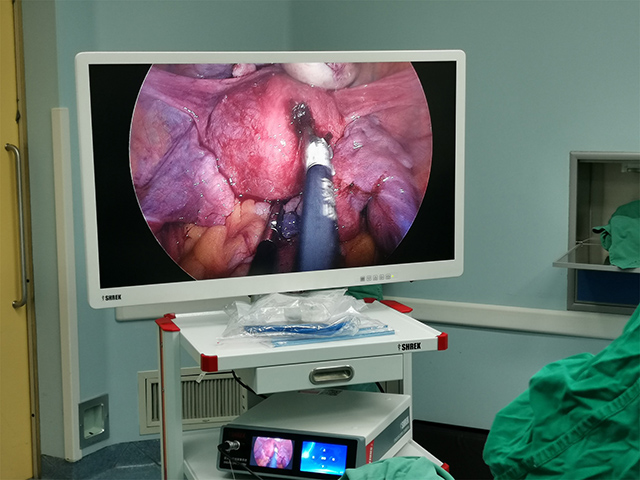
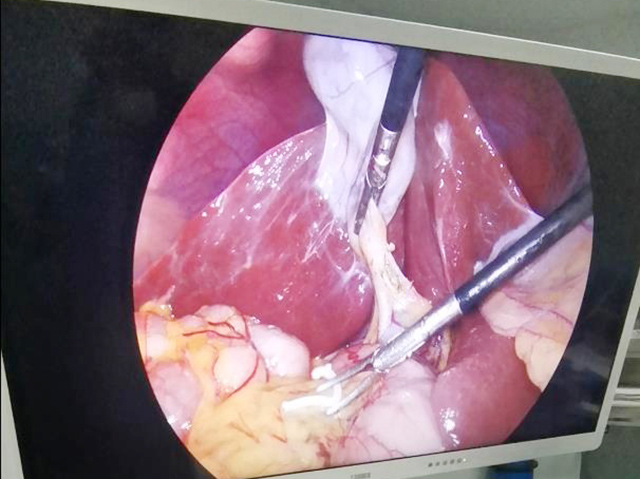

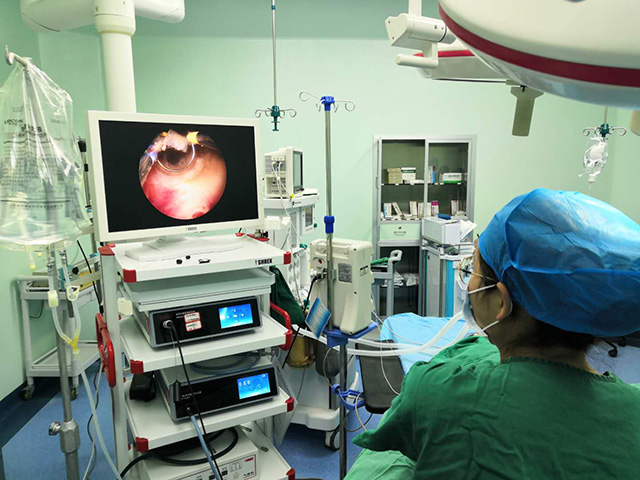
Leave A Inquiry